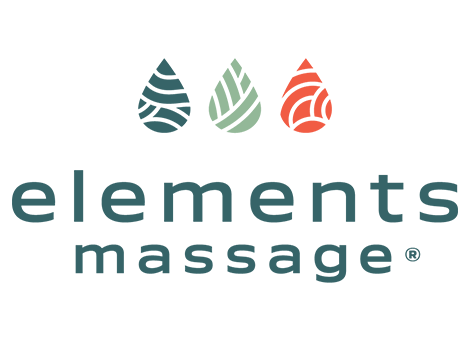Massage therapy, a holistic practice with ancient roots, has been credited with a range of health benefits. One lesser-known yet significant effect is the potential for massage to slow respiration, or breathing rate. This article will delve into the scientific literature to explore how regular, monthly massages may impact respiration.
Understanding Respiration
Respiration rate, typically measured as the number of breaths per minute, is a vital sign of overall health. Abnormally fast breathing, known as tachypnea, can be a symptom or result of various health conditions such as anxiety, heart disease, or lung disease (Lutfi, 2016). Thus, techniques that can help regulate and slow breathing rates are highly valuable.
The Effects of Massage on Respiration
Emerging research suggests that regular massage therapy can indeed influence respiration. A study by Diego and Field (2009) reported a decrease in participants' respiration rates following a course of moderate pressure massage. This reduction in breathing rate was associated with an increase in parasympathetic nervous system activity, indicating a state of relaxation. (Read more...)
Massage and the Autonomic Nervous System
The autonomic nervous system (ANS), which includes the sympathetic and parasympathetic systems, plays a critical role in regulating respiration. Parasympathetic activity typically slows the heart and breathing rates, promoting a state of relaxation and recovery. The aforementioned study by Diego and Field (2009) demonstrated that moderate pressure massage could stimulate this parasympathetic response, potentially explaining the observed reduction in respiration rates. (Read more...)
Massage Therapy and Stress Reduction
Stress is known to accelerate respiration. Field, Hernandez-Reif, Diego, Schanberg, and Kuhn (2005) found that massage therapy led to decreased levels of cortisol, a hormone closely linked with stress responses. This reduction in stress levels may, in turn, contribute to slower, more controlled respiration. (Read more...)
In conclusion, regular, monthly massage therapy appears to hold promise for slowing respiration. By promoting relaxation and reducing stress, massage could play an integral role in respiratory health. Nonetheless, further research is necessary to fully elucidate the mechanisms involved and to establish guidelines for therapeutic massage in the context of respiratory wellness.
References
- Diego, M. A., & Field, T. (2009). Moderate pressure massage elicits a parasympathetic nervous system response. International Journal of Neuroscience, 119(5), 630-638.
- Field, T., Hernandez-Reif, M., Diego, M., Schanberg, S., & Kuhn, C. (2005). Cortisol decreases and serotonin and dopamine increase following massage therapy. International Journal of Neuroscience, 115(10), 1397-1413.
- Lutfi, M. F. (2016). The physiological basis and clinical significance of lung volume measurements. Multidisciplinary Respiratory Medicine, 12, 3.

